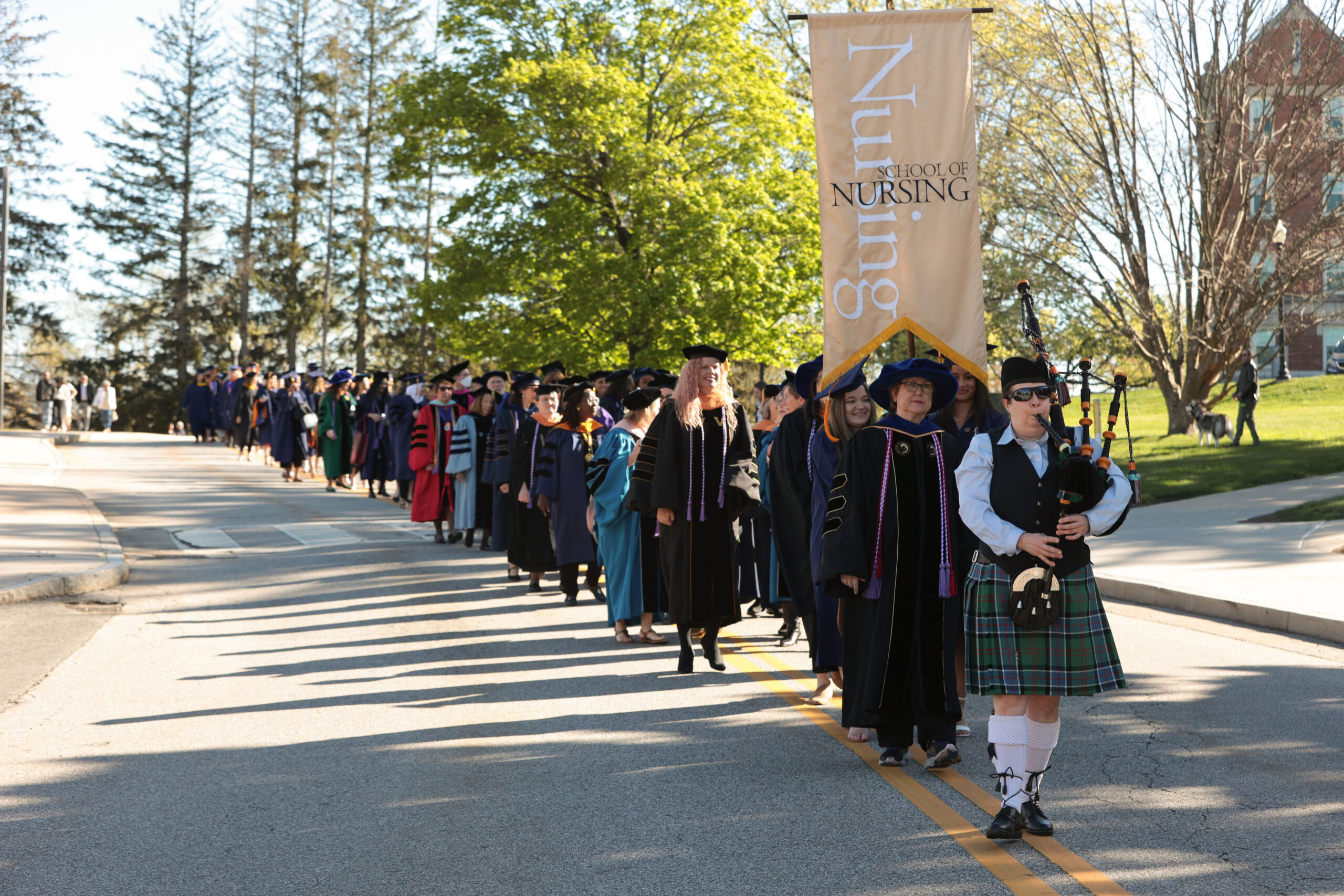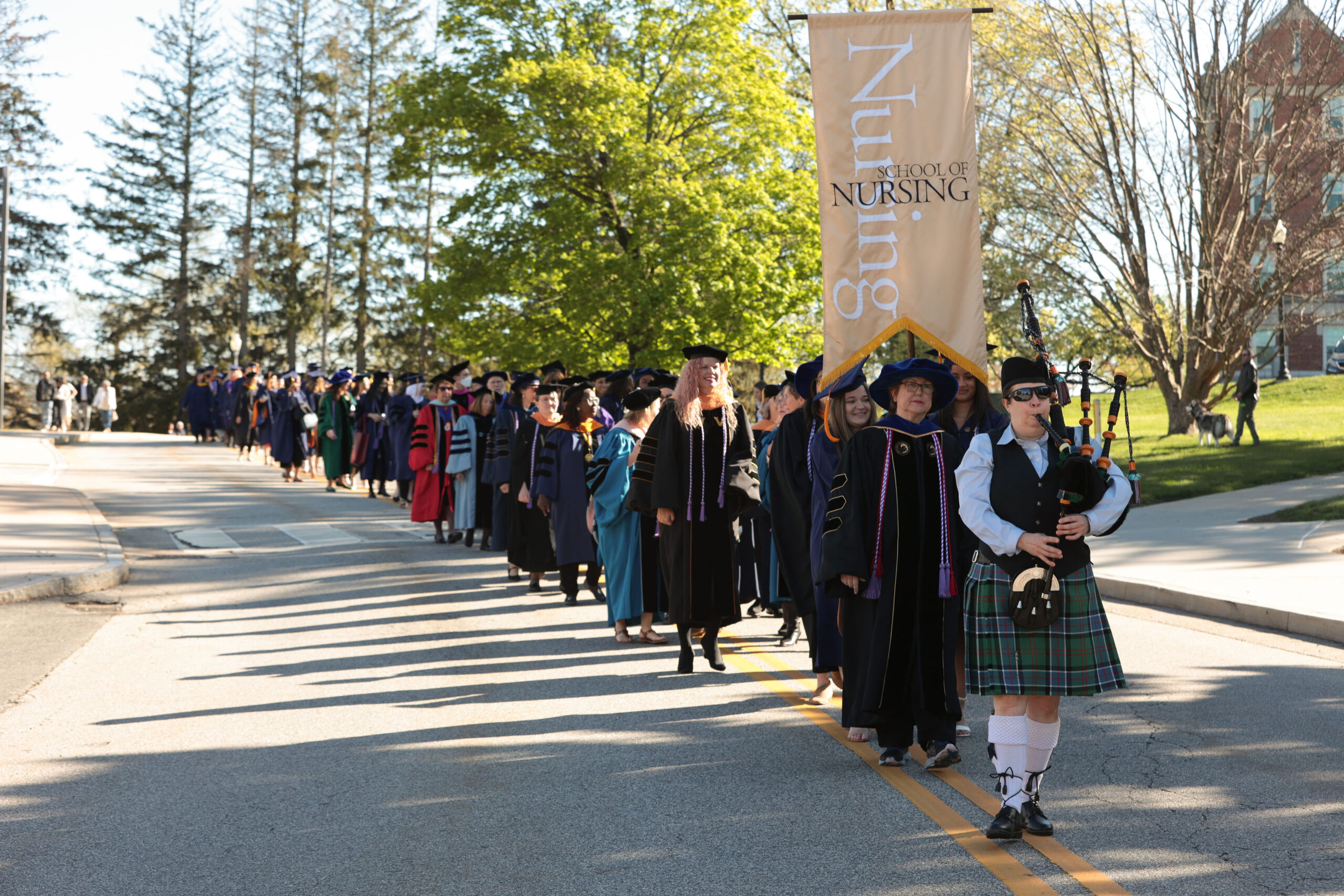The universe whispers secrets in a language of qubits, not bits. This is the language of quantum mechanics, a realm where the rules of the everyday world dissolve and possibilities multiply. At the University of Connecticut, a team of physicists and engineers are translating these whispers into tangible breakthroughs, forging the path towards a future powered by quantum technology.

A Quantum Conundrum: The Challenge of Material Imperfections
Two-Level Systems (TLSs) and Their Disruptive Impact

Quantum computing, a revolutionary field promising to solve problems intractable for classical computers, hinges on the delicate manipulation of quantum states. These states, characterized by superposition and entanglement, are inherently fragile and susceptible to environmental noise. One of the most significant obstacles in realizing the full potential of quantum technology is the presence of microscopic defects known as two-level systems (TLSs) within the materials used to build quantum devices.
TLSs are essentially energy traps within the material lattice, arising from imperfections or variations in atomic arrangement. These traps can act as “quantum noise” sources, disrupting the delicate quantum correlations essential for computation. Imagine trying to hold a conversation in a crowded room with constant background chatter – the noise drowns out the intended message. Similarly, TLSs create a kind of quantum noise that interferes with the precise control and manipulation of qubits, the building blocks of quantum information.

The Quest for Clean Materials in Quantum Computing
The quest for clean materials free from TLS defects is one of the most pressing challenges in quantum technology. For decades, these defects were considered an inherent flaw of materials, insurmountable roadblocks in the path to building reliable and scalable quantum computers. However, recent breakthroughs have begun to shed light on the potential to mitigate the impact of TLSs, offering a glimmer of hope for overcoming this formidable hurdle.

UConn’s Research Front: Modeling and Mitigating TLS Defects
Professor Balatsky’s Team: Isolating and Controlling Quantum Noise
At the University of Connecticut (UConn), a team led by Professor Alexander Balatsky, a condensed matter theorist specializing in next-generation quantum technology, is at the forefront of this research effort. Their mission is to isolate, control, and ultimately eradicate TLS defects from contemporary quantum devices. Balatsky’s group leverages cutting-edge quantum material modeling and utilizes supercomputers to simulate how TLS defects form and behave at the atomic level.
“UConn is positioning itself as a key hub for quantum materials and quantum technologies research,” says Balatsky. “The goal isn’t just to keep pace – it’s to lead.”

Supercomputer Simulations: Understanding TLS Formation at the Atomic Level
The team’s research focuses on understanding the fundamental physics behind TLS formation and exploring strategies to minimize their disruptive influence. By simulating the behavior of atoms within materials at the atomic scale, they can identify the specific atomic arrangements that lead to the formation of TLS defects. This detailed understanding is crucial for developing materials with reduced TLS density and improved quantum coherence.
The collaborative nature of this project underscores the importance of academic-industry partnerships in driving innovation in quantum technology. The partnership between UConn and Rigetti Computing, a leading quantum computing company, exemplifies this collaborative spirit. Rigetti’s expertise in quantum chip fabrication and materials science complements UConn’s strengths in theoretical modeling and supercomputing, forming a powerful synergy driving progress towards practical quantum computers.

Rigetti’s Breakthrough: Alternating-Bias Assisting Annealing (ABAA)
Recently, Rigetti Computing made a groundbreaking discovery in the field of quantum technology. Through the application of Alternating-Bias Assisting Annealing (ABAA), the company was able to temporarily remedy the disruptions caused by two-level system (TLS) defects, a major challenge to quantum technology.
ABAA is a novel technique that utilizes precise electric pulses to reduce TLS disruption. This innovative approach has sparked widespread interest in the scientific community, as it offers a potential solution to the long-standing problem of TLS defects.

Temporarily Remedying TLS Disruptions
The TLS defects pose a significant challenge to the development of quantum technology, as they disrupt the fragile quantum states required by qubits. These defects are difficult to remove or control, making it a significant hurdle to overcome.
Rigetti’s ABAA technique has shown promise in temporarily remedying these disruptions. By applying precise electric pulses, the team was able to reduce TLS disruption, paving the way for further research and development in the field.
A Collaborative Strategy: UConn and Rigetti’s Joint Pursuit
The collaboration between UConn and Rigetti is a prime example of how academic institutions and private industry can come together to drive innovation and progress in quantum technology.
UConn’s team, led by Professor Alexander Balatsky, has been working closely with Rigetti to understand the physics behind TLS defects and develop materials that minimize their impact. This joint effort has the potential to accelerate the development of quantum technology and unlock its vast potential.
The Path Forward: From Research to Real-World Applications
The impact of ABAA on scaling quantum computers is significant. By temporarily remedying TLS disruptions, Rigetti’s technique has the potential to enable the development of more stable and reliable quantum computers.
UConn’s role in advancing materials science for quantum technology is also crucial. The university’s team is working to understand the properties of materials at the electronic and atomic levels, which is critical to developing quantum technology.
The Impact of ABAA on Scaling Quantum Computers
The ABAA technique has the potential to revolutionize the development of quantum computers. By reducing TLS disruption, Rigetti’s technique can enable the creation of more stable and reliable quantum computers, which is essential for scaling up the technology.
The impact of ABAA on scaling quantum computers will be significant, as it will enable the development of more complex and powerful quantum systems. This, in turn, will open up new possibilities for applications in fields such as medicine, finance, and climate modeling.
UConn’s Role in Advancing Materials Science for Quantum Technology
UConn’s team is working to advance materials science for quantum technology by understanding the properties of materials at the electronic and atomic levels. This expertise is critical to developing quantum technology, as it enables the creation of materials that are suitable for use in quantum systems.
The university’s research is focused on developing new materials that can be used in quantum systems, as well as understanding the behavior of materials at the atomic level. This knowledge will be essential for the development of quantum technology and will have significant implications for a wide range of industries.
The Potential of Quantum Technology Across Diverse Industries
The potential of quantum technology is vast and spans multiple industries. From medicine to finance, and from climate modeling to materials science, quantum technology has the potential to revolutionize a wide range of fields.
The impact of quantum technology will be significant, as it will enable the development of new products and services that are more efficient, more accurate, and more powerful than their classical counterparts. This, in turn, will have significant economic and societal implications, as it will create new opportunities for growth and innovation.
Conclusion
In “Powering the Next Generation of Quantum Technology – UConn Today,” we explored the groundbreaking advancements being made at the University of Connecticut in the field of quantum technology. The article highlighted the innovative research being conducted by UConn’s faculty and students, who are working tirelessly to harness the power of quantum computing to tackle some of humanity’s most pressing challenges. Key points discussed included the development of novel materials and architectures for quantum computing, as well as the exploration of new applications for quantum technology in fields such as medicine, finance, and cybersecurity.
The significance of this research cannot be overstated. As quantum technology continues to evolve, it has the potential to revolutionize numerous industries and transform the way we approach complex problems. The advancements being made at UConn have far-reaching implications for the future of quantum computing, and could potentially lead to breakthroughs in fields such as materials science, artificial intelligence, and even climate modeling. As we look to the future, it is clear that the work being done at UConn is poised to play a major role in shaping the next generation of quantum technology.
As we continue to push the boundaries of what is possible with quantum computing, it is essential that we prioritize investment in cutting-edge research and education. By supporting initiatives like those at UConn, we can help to ensure that the next generation of scientists and engineers has the skills and knowledge needed to harness the full potential of quantum technology. As we stand at the threshold of this new era, one thing is clear: the future of quantum computing holds boundless promise, and the possibilities are endless.
